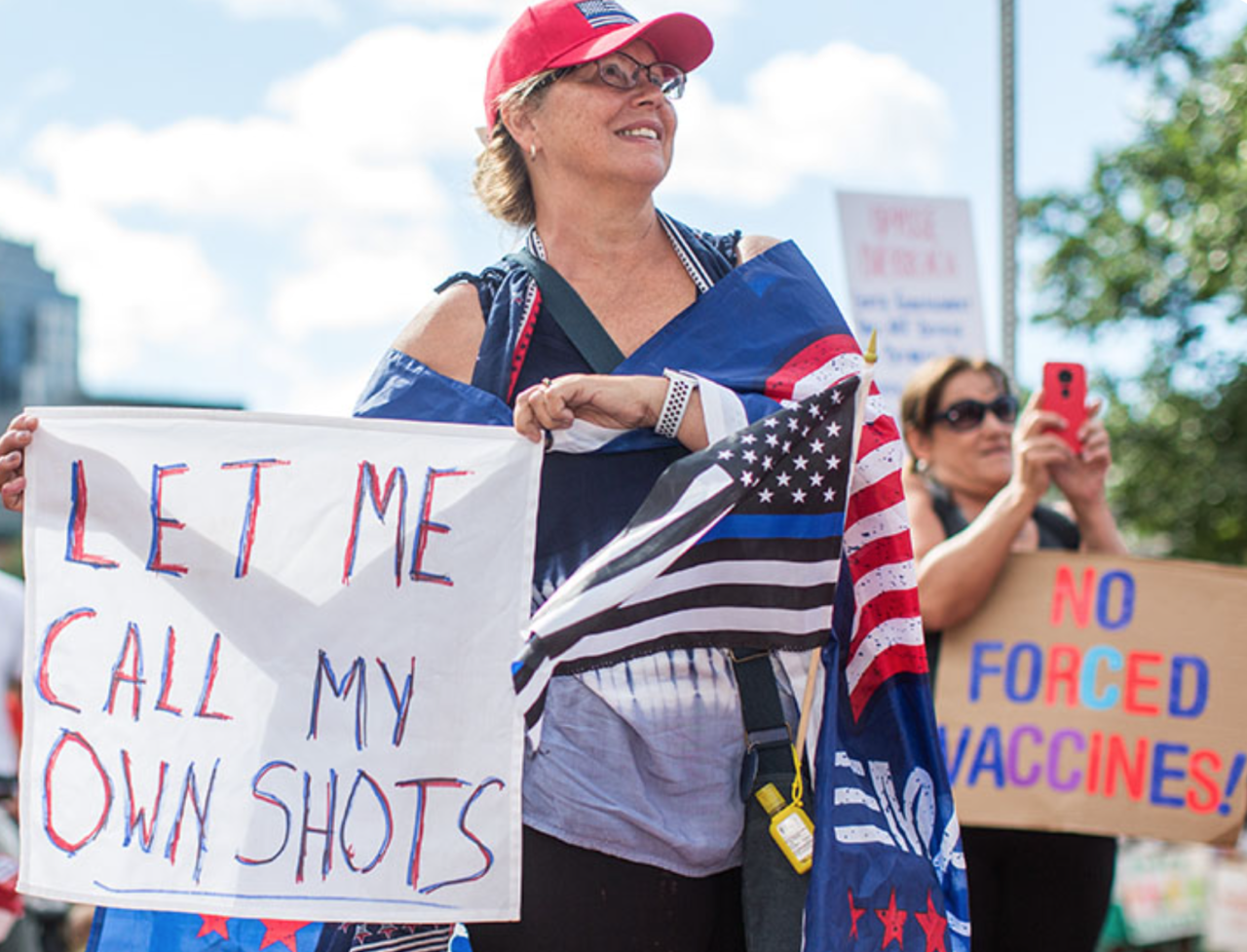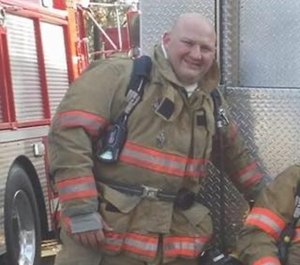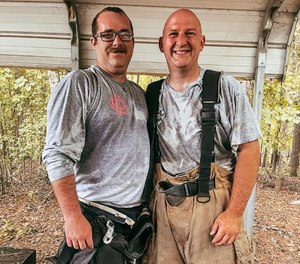
I can’t believe we’re still here.
I can’t believe that we’re entering the second full year of this unfathomable madness.
We are, and we don’t need to be.
Here in America, we have enough vaccines for every adult here; the embarrassment of riches most nations on this planet are literally begging for—and nearly half of our people are simply refusing them.
Despite how many have already died.
Despite the fear and lack and grieving of the past eighteen months.
Despite all the time we’ve missed with people we love.
Despite every desperate plea from educated people who have spent their lives so that we could be prepared for a moment like this.
Despite how relentlessly they demanded that we open America.
They are saying no, to the help that we have all been waiting two years for. They are saying no to compassion for other people.
It doesn’t matter to them that the variants are replicating with starling speed and velocity.
It doesn’t matter that the ICUs are overflowing again, that cancer patients are having to postpone surgeries due to hospital shortages, that children are increasingly getting sick and dying.
Nothing moves the needle of their hearts enough to perform the simplest act on behalf of millions of people they share this nation with and can help keep safe and alive.
Selfishness is America’s second deadly virus and it may be one we cannot overcome. It will be here far longer than COVID or its variants, because it was here before them.
I wish there was a vaccine that could make these people give a damn about other human beings; that we could inoculate them against whatever toxic cocktail of ignorance, fear, arrogance, political tribalism, and bad religion that has rendered them resistant to the suffering of others.
I suppose this shouldn’t have been a surprise. I imagine their denials of the virus and their refusal to mask and their defiance of safeguards should have tipped me off, but still I did not expect this entrenched and strident refusal to help other people, especially the many who claim to follow a “love your neighbor” Jesus.
I guess I expected too much from America.
When this nightmare began, I truly imagined that this would eventually be our finest hour: that we would be fully invested in one another in ways we hadn’t been in decades, that we would all recognize our interdependence, that we would set aside every political affiliation and religious agenda and do the kinds of sacrificial acts America had been known for in times of war.
When the vaccines were launched I felt a cathartic wave of relief, believing that we would soon be living lives that somewhat resembled what they looked like two years ago; that by now some semblance of normalcy would have returned. Instead, we are facing another flood of outbreaks, another school year decimated by sicknesses and stoppages, another season of postponed visits and interrupted plans, another winter of unimaginable death.
And the stomach-turning thing about it all, is that it isn’t being driven by some invisible, insidious virus that floats through the air, but passed person to person by our family members and neighbors and coworkers: by the people we share this nation with, those we rely on to do the right thing, those our health and livelihoods and futures are tethered to. We cannot escape them or defeat them and so we are victims of them: the penalty for their recklessness we will pay too; the human collateral damage of their destructive choices will be ours, as well.
That is going to be the story here of these years: not of the faceless public health threat that attacked this nation and the world—but of the cruelty and selfishness of those we know and love and live with, who gave it every opportunity to ravage us, who were willing accomplices to the death and the suffering, who said no to compassion when it called.
Until love and mercy and kindness take hold in the hearts of these people, until they are burdened with the common good, that lack of empathy will be a sickness that will destroy us.



